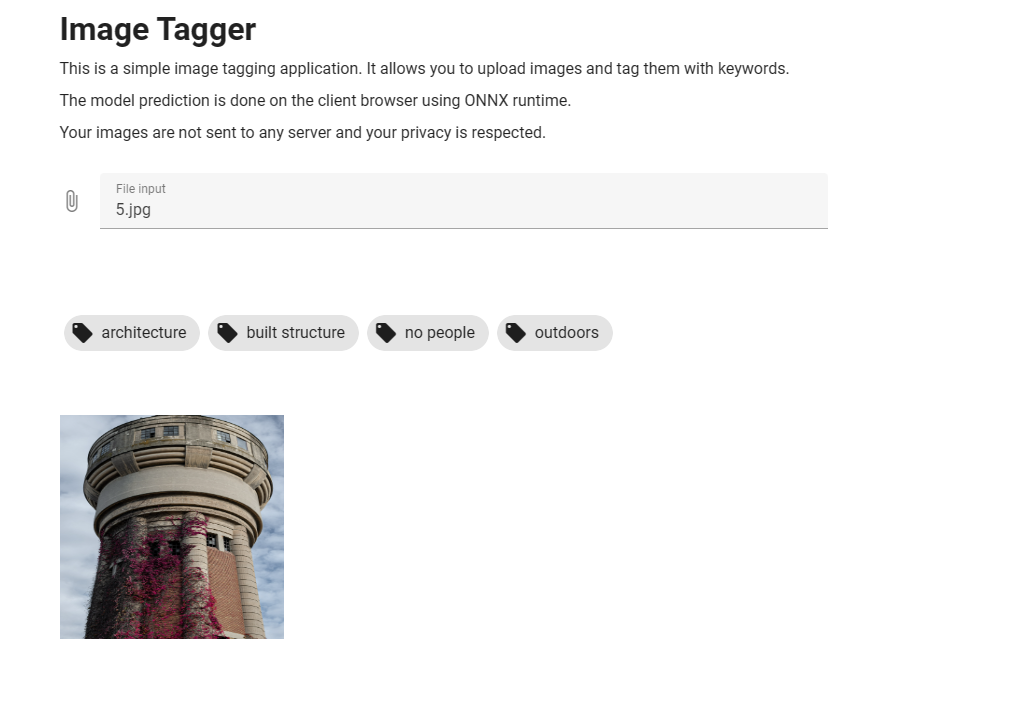
Hello everyone 👋,
I’ve been playing with FastAI and deep learning for a week or so and I’ve decided to combine my passion for software with my passion for photography. I’m working on an app or maybe a library that allows you to generate tags for a photo. For an amateur photographer like me it’s quite useful as I don’t always have inspiration to write tags for my photos and sometimes the tags I write are inconsistent.
I already wrote an image scrapper using Python, and I’m building my dataset as we speak. For now since I don’t have any other knowledge with another library I’m using FastAI for the image classification. I’m planning to use a different library when I’ll learn more about deep learning.
In this post I’ll write about building a multi-label image classifier using FastAI.
The Dataset
The dataset has the following structure:
| |
The train.ndjson file contains the labels for each image in the dataset amd the image filename:
The .ndjson file is a JSON file where each line is a JSON object.
| |
Since I’m not planning to publish the dataset you can try to build your own using the structure above.
The Model
The model is a simple Resnet18 model, I’m using it for experimentation. Later I’ll use a different model.
| |
The get_x and get_y functions are used to get the image path and the labels for each image.
The DataBlock object is used to build the DataLoaders object which is used to train the model.
The following code will load the dataset:
| |
And the following code will create the DataLoaders object:
| |
The learn.fine_tune(3, freeze_epochs=4) will train the model for 3 epochs and freeze the first 4 epochs.
The Results
The results are quite good, my dataset consisted of ~7k images and there’s room for improvement.
Given the following image, the model will predict it’s tags.

I converted the model into a Pytorch Model and then into an ONNX model. I’ve used the ONNX Runtime to run the model inside a web browser on the client side.
You can use the app here: https://beautiful-tartufo-6d25b3.netlify.app/
Conclusion
Training a model with FastAI is quite easy and the results are quite good. You can also convert it to Pytorch and then to ONNX Runtime in order to run it on a mobile device or on a web browser. So far It’s been really fun.
Thank you for reading! 🙏